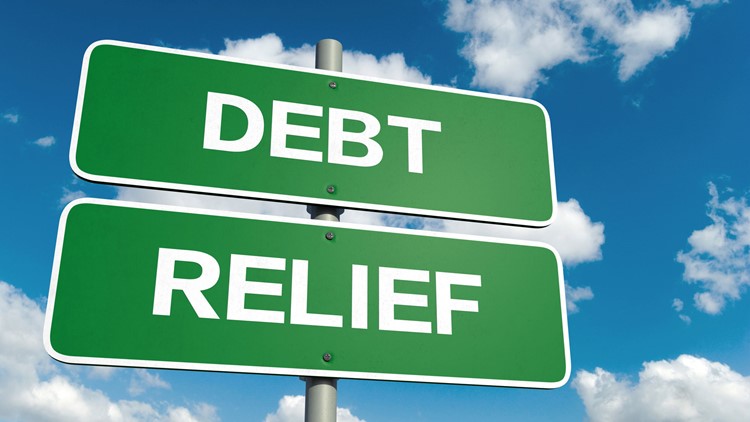The average U.S. household is strapped with nearly $132,158 of debt, according to a study from NerdWallet.com. Paying down that kind of debt load all at once can feel like an all but impossible challenge. But there are some savvy strategies you can use to make the process more manageable.
Get real about your budget. Before you can start paying down your debt, you’ve got to know what you’re working with budget-wise. Start by listing out all of your monthly expenses in one column — groceries, cell phone bills, mortgage/rent, utilities, credit card bills, etc. In another column, list your total monthly income. You can take the high-tech route and use a budgeting tool like Mint.com, which will categorize all your spending for you. Once you’ve got those numbers tallied up, how much do you have left over from your income after all your mandatory expenses are paid each month?
If the number is positive, you are well on your way to tackling your debt. If it’s negative, then the hard work begins here. Work your way down your list of expenses and decide what you can cut to free up cash for your debt payoff.
1. Take your mind out of the equation. If you can, automate your monthly debt payments. That will help take the emotion out of paying down your debt and it will prevent you from spending the money in other places.
2. Restructure your debt. Just because you’re stuck with high interest credit card, student loan or auto loan debt, you may still have options. There are many 0% balance transfer offers out there for credit debt, which can help cut back on interest charges while you pay down your debts. With decent credit, you can also refinance an auto loan at a different lender and find lenders willing to refinance student loans.
3. Find money—anywhere. Every little bit of extra cash counts when you’re facing a mountain of debt. Take a close look at where your money is going each month and see what can either be cut or negotiated down. Maybe you can live without the monthly gym membership and the bi-weekly hair salon appointment. Call your cable or cell phone provider to try to negotiate a better offer. If they won’t budge, ask to be transferred to their retention department.
4. Put surprise cash toward debt. Surprise cash is cash you weren’t expecting to receive, like a work bonus, a birthday gift or a tax refund. Immediately apply those unexpected funds to your debt to turbocharge your paydown.
5. Negotiate debts. Some severely delinquent debts (150 days past due or more) can be negotiated down. The debt collector or lender will sometimes accept a lump sum payment for lower than your total unpaid balance if you can pay it upfront. This doesn’t always work and may require several attempts on your part, but it can be worth a shot. We’ve got more in-depth advice on how to negotiate debts here.
6. The Debt Avalanche. When you’re facing a bunch of different debts all at once, it’s easy to feel overwhelmed. The debt avalanche and debt snowball strategies are two very different but very effective ways of tackling more than one debt at once.
The debt avalanche method saves you the most money over time but it requires the most patience. Start by listing all your debts and their interest rates. Then, order those debts from highest interest rate to lowest. You’re going to start aggressively paying off the highest interest debt first, making the largest payments you can while paying the minimum required payment on the other debts. Once your highest interest debt is paid off, then move on to the debt with the next highest interest rate on your list.
By dealing with high interest debt fast, the interest won’t have as much time to sit around and compound over time. This method can be tough for some people because it isn’t always instantly gratifying — especially if your high interest debts also happen to have the largest balances. It will take time and a lot of discipline to see progress, and it can feel like you’re chipping away at an iceberg.
7. The Debt Snowball. This method is about scoring wins early and gaining momentum over time. Line up your debts in order from smallest balance to largest balance. Start putting as much money into paying off the lowest balance debts first. Meanwhile, keep paying your minimum required payments on your other debts. Once your first debt is paid off, move on to the next lowest debt. But this time, pay as much as you can each month, plus the minimum required payment for the debt you just paid off. When you’re done with debt No. 2, put everything you’ve got into debt No. 3 PLUS the minimum payment requirements for cards 1 & 2. As you work down the list, you’re going to be slowly paying more and more money toward your largest debts.
MagnifyMoney is a price comparison and financial education website, founded by former bankers who use their knowledge of how the system works to help you save money.



